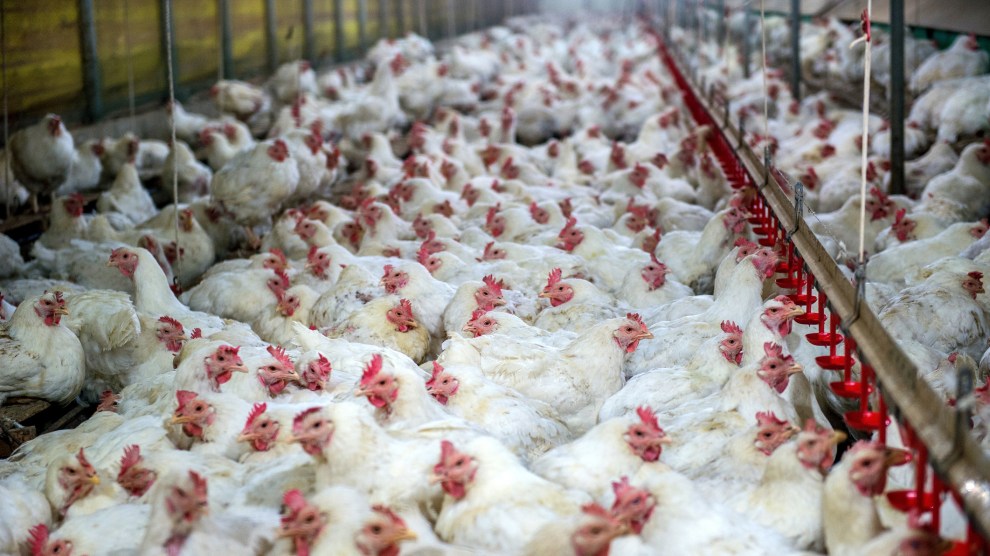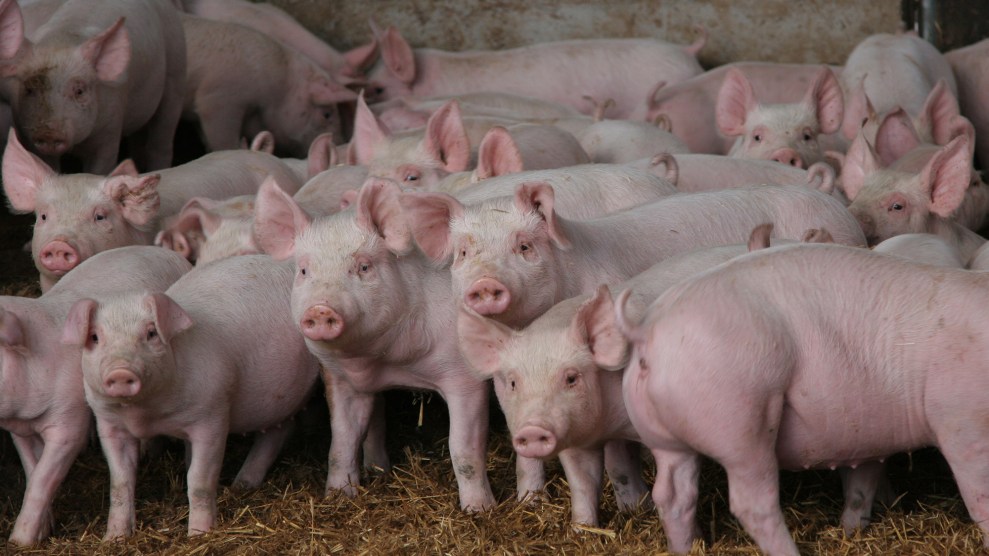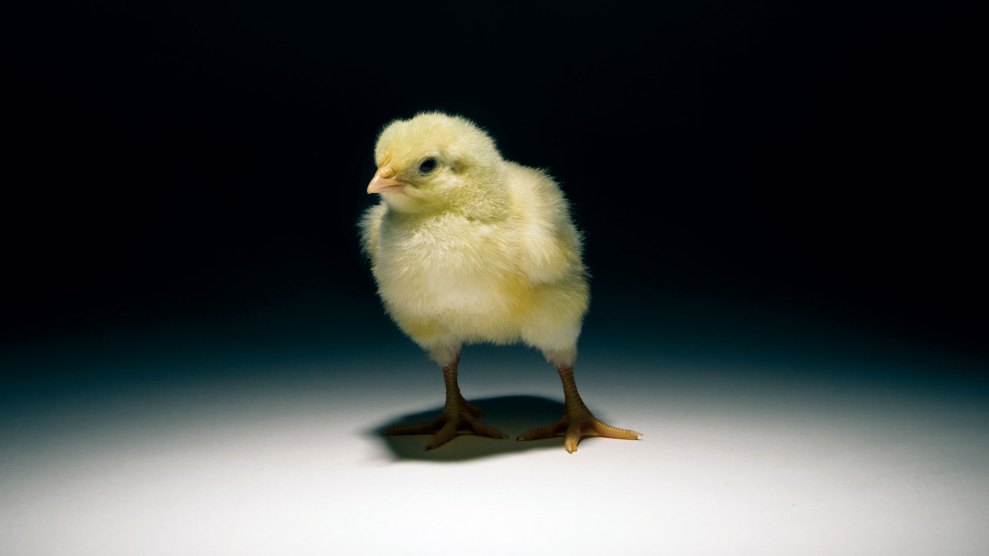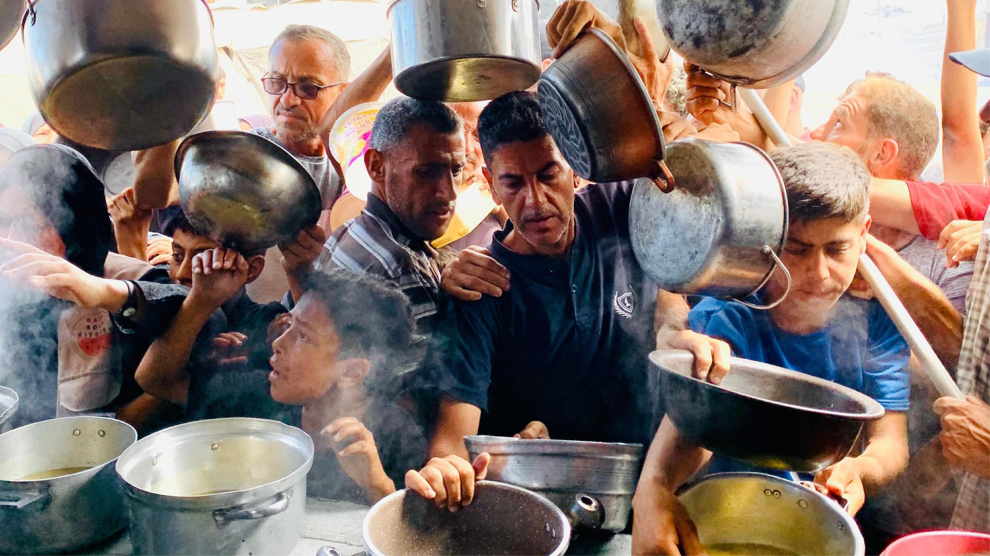This story was originally published by Food and Environment Reporting Network.
Poultry farms in India are dosing their chickens with antibiotics at such high rates that 94 percent of meat chickens and 60 percent of laying hens tested in a new study harbored multi-drug-resistant bacteria that can cause grave human infections.
In the study, published last week in Environmental Health Perspectives, researchers from Washington, D.C., New Jersey, Minnesota and several institutions in India interviewed farmers and collected samples on 18 farms in northern India. Half of the farms raised broilers and half kept hens for egg production, some on solo family properties and others under Western-style contract arrangements in which farmers raise but do not own birds.
All told, more than 500 chickens were tested—the largest such study yet done in India, the researchers said—yielding more than 1,500 samples of E. coli that was resistant to drugs that are important in human medicine. The most common resistance pattern was ESBL, which denotes bacteria that are resistant to penicillin and the drug family cephalosporins. The latter includes the common antibiotic Keflex. Eighty-seven percent of broilers and 42 percent of layers carried ESBL-resistant bacteria.
“That was truly shocking; I had not expected that level of ESBL resistance,” Ramanan Laxminarayan, an economist and the study’s lead author, said by phone. “When the results first came out I asked the team if they were sure they were right. When we confirmed it, it was mind-boggling.”
The group also predicted that if the use of antibiotics in agriculture cannot be curbed, by the year 2030 global livestock use will rise to more than 105,000 tons—and will double in India, where there are no regulations governing farm antibiotic use.Laxminarayan is the director of the Center for Disease Dynamics, Economics and Policy (CDDEP) in Washington (and was formerly a vice president of the Public Health Foundation of India). Two years ago, CDDEP researchers helped make the first global estimate of antibiotic use in livestock: 63,151 tons, twice as much as what human medicine consumes.
Most of the farms the researchers visited were large, holding an average of 57,000 chickens at a time. Sixteen of the 18 agreed to be interviewed about antibiotic use. Two-thirds were using the drugs for growth promotion, an old practice that was barred by the U.S. FDA just this January, and all 16 used antibiotics for disease prevention, which remains legal in America and Europe. “The conditions on some of these farms were appalling,” Laxminarayan said. “Chickens were dying at the rate of 1 percent a day. The antibiotics are pretty much all that were keeping them alive.”
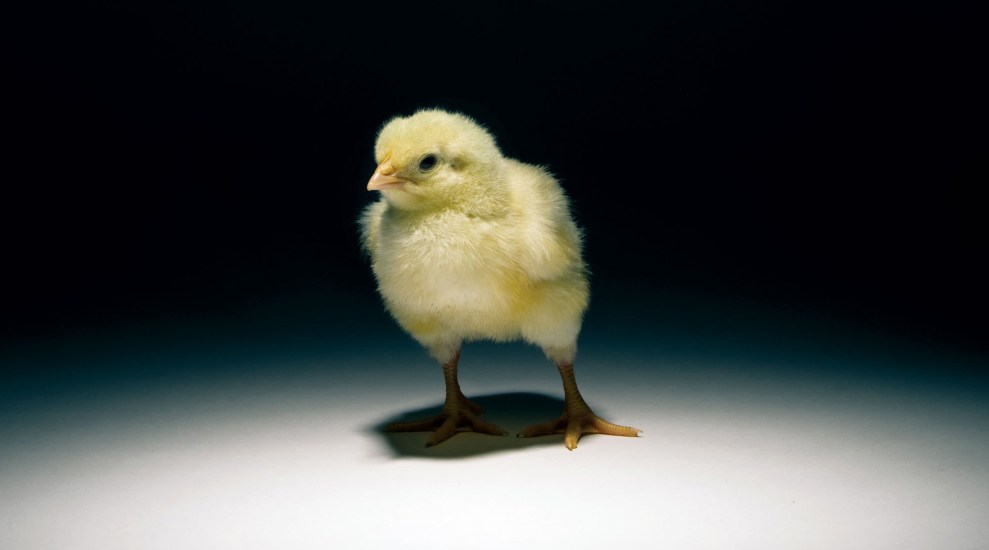
How Factory Farms Play Chicken With Antibiotics
Chickens from farms that used growth promoters were almost three times more likely to carry resistant bacteria than ones from farms where growth promoters were not used, the study found.
Chicken is incredibly popular in India. It is affordable, efficient to raise, and carries none of the political complexity of beef. But unlike in the United States, where many large food companies have renounced routine antibiotic use, there is no consumer pressure to move away from antibiotics.
As poultry production increases there—between 2004 and 2010, chicken went from one-fourth to one-half of the Indian meat market—antibiotic use is expected to rise, too. And though the drugs are dispensed just within India, there is no guarantee the resistant bacteria they encourage will stay within the country. In just one example of how bacteria can jump borders, MCR, a resistance gene that was discovered in Chinese agriculture in 2013, has now spread to more than 30 countries, including the United States.
“One of the defining trends of our lifetime is the increased demand for animal protein in the developing world,” Laxminarayan said. “That protein has to come from intensive agriculture. So if we think that by curbing antibiotic consumption in the U.S. we have solved this problem, the lesson is that we haven’t seen anything yet.”
